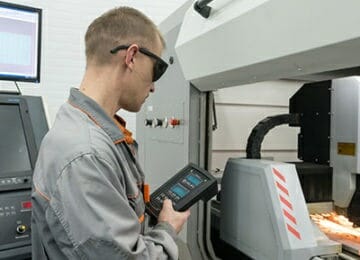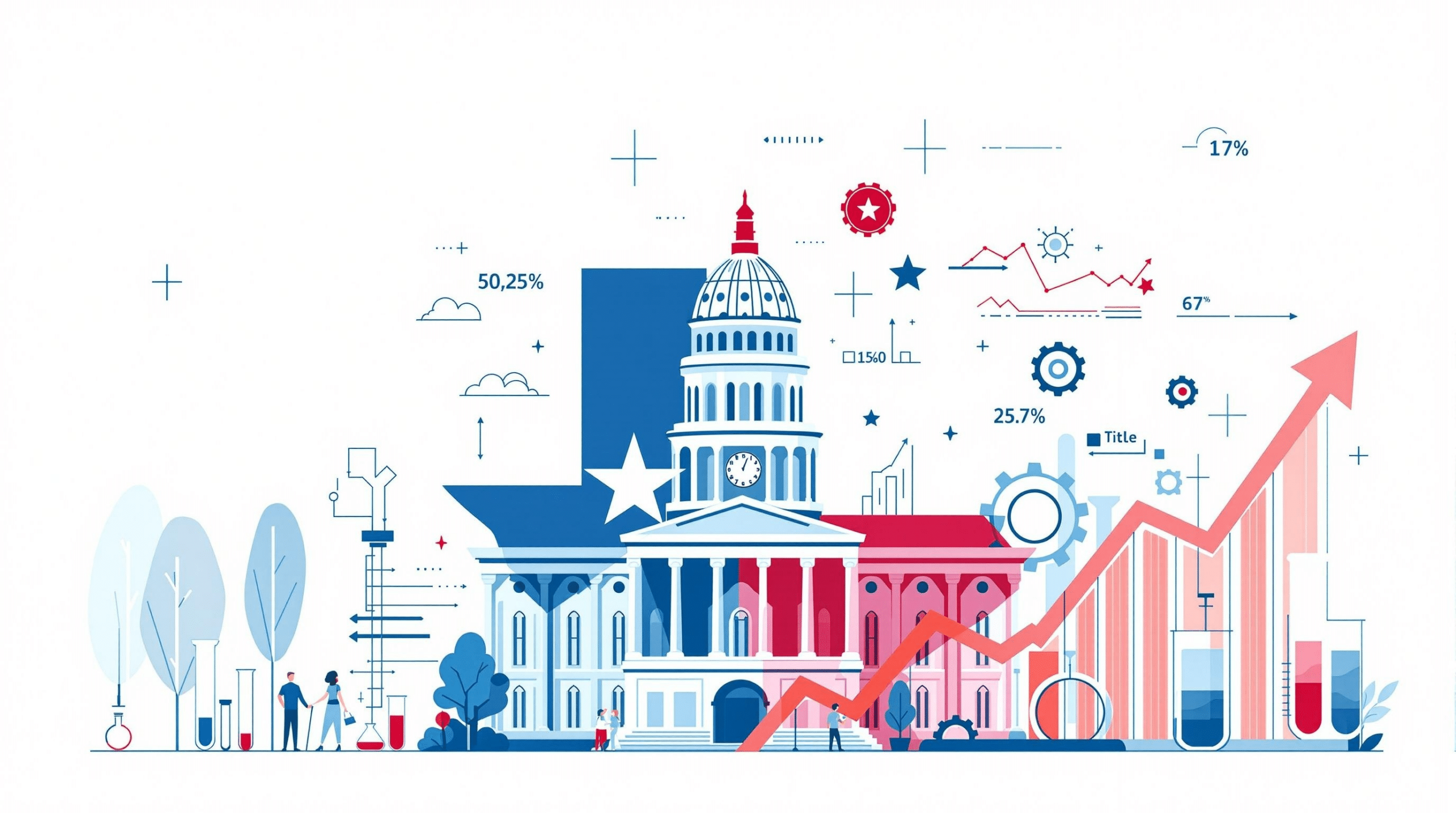
Free R&D Tax Credit Analysis
Let's get started by talking to one of our R&D Tax Credit experts to see how much we can gain you by getting a FREE R&D Tax Credit analysis today!

Free R&D Tax Credit Analysis
Let's get started by talking to one of our R&D Tax Credit experts to see how much we can gain you by getting a FREE R&D Tax Credit analysis today!
History of the R&D Tax Credit
In the late 1970s and early 1980s, American companies were being overwhelmed by Japanese competition; U.S. car companies were rapidly losing market share to Japanese car manufacturers because of perceived superior reliability, and high-quality Japanese electronics quickly became the TVs and gadgets of choice, leaving American-made products in the dust.
But American lawmakers took note of the fact that this technological superiority was directly the result of the fact that the Japanese government directly subsidizes Japanese industry through the Ministry of International Trade and Industry (MITI), financing research and development and providing many other economic advantages. U.S. politicians wisely decided it was time to start helping American industry and enterprise compete in the global arena by creating a tax credit that rewarded technical research and innovation.
Economic Recovery Tax Act of 1981
In 1981, Congress created the R&D tax credit, formally known as the Credit for Increasing Research Activities, when it passed in the Economic Recovery Tax Act of 1981, which was sponsored by Senator William Roth and Representative Jack Kemp. Although the credit was created as a temporary measure, destined to expire on December 31, 1985, it extended as part of the Tax Reform Act of 1986. In the decades to come, it was so popular that while it expired eight times, it was extended 15 times.


Senator Bill Roth and Representative Jack Kemp, the creators of the R&D tax credit
Before 2003, you could only win the credit if you created or produced a product or process that was new to the world. This was known as the Discovery Rule. Eliminating the Discovery Rule was first proposed in 2001 because it was so restrictive. In 2003, the Discovery Rule was replaced by the requirement that instead of being new to the world, research now only had to be towards creating or producing a product or process new to the taxpayer. As a result, the barrier to qualification was lowered, and the credit became available to wider set of enterprises.
In 2006, because the Alternative Simplified Credit (ASC) was enacted, businesses could be more flexible in calculating credit amounts, and they could alter the credit’s baseline calculations.
At the end of 2015, the Protecting Americans from Tax Hikes Act (PATH Act) passed, officially making the R&D tax credit a permanent fixture of the U.S. tax code. Because the AMT (Alternative Minimum Tax) turn-off was enabled for businesses with $50 million or less in gross receipts, the pool of companies eligible to benefit from the credit greatly increased.
In 2018, the Tax Cuts and Jobs Act made R&D tax credits even more attractive by relaxing AMT restrictions for S-corps and C-corps.
On September 17, 2021, the IRS Office of the General Council released a memorandum that outlined stringent new reporting rules that went into effect January 10, 2022. To qualify for the tax credit on amended returns, taxpayers must now furnish this information:
- Identify all business components to which the research credit claim relates for that year.
- For each business component:
- identify all research activities performed;
- identify all individuals who performed each research activity;
- identify all information each individual sought to discover.
- Use Form 6765, Credit for Increasing Research Activities, to provide the total qualified employee wage expenses, total qualified supply expenses and total qualified contract research expenses for the claim year.
In addition, under current law, firms must amortize R&D costs over five years beginning in 2022.





